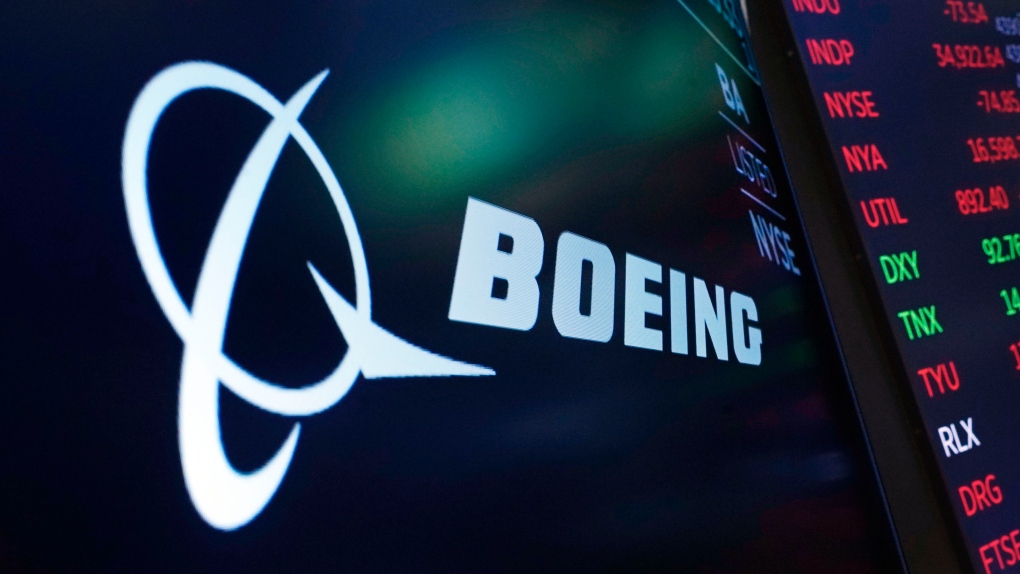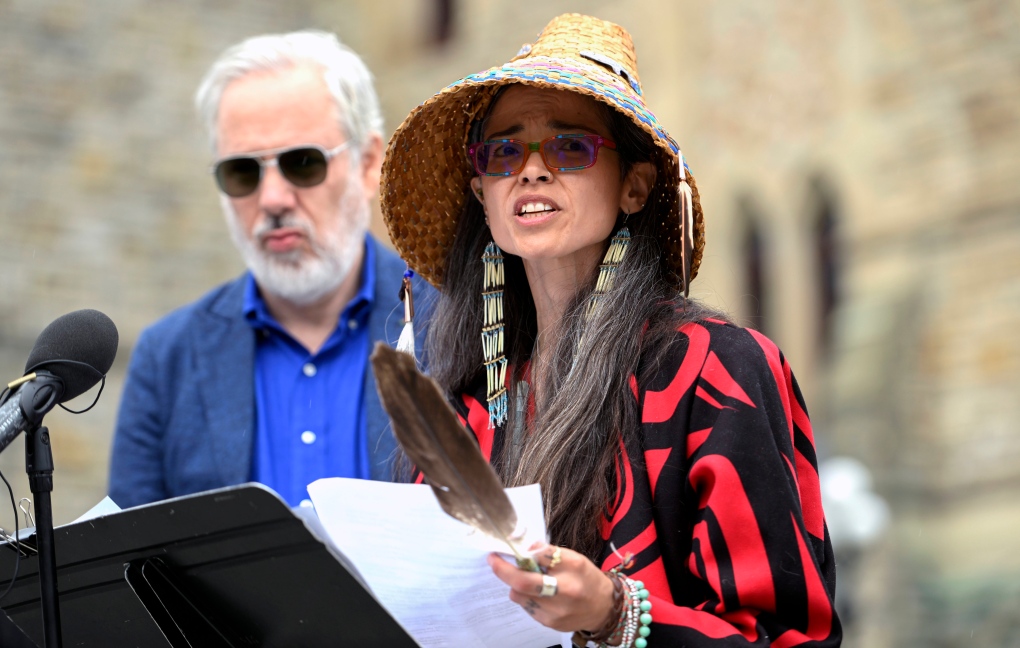The man who introduced Coca-Cola to the Soviet Union and brought Cirque du Soleil to Russia is now engaging in rather extreme climate activism after a wake-up call late in his career.
Canadian entrepreneur Craig Cohon finished a 4,250-kilometre journey across Europe on Monday after walking for five months straight. He also drained his entire pension fund, which amounted to $1 million.
The reason: he wanted to remove his personal carbon footprint, which is equivalent to 8,147 tonnes of CO2 over his lifetime so far — an amount that is 28 times the global average.
Cohon calculated his carbon footprint — in other words, the amount of CO2 generated by his actions — with the help of an independent consultant, as outlined in the report by Fund Nature and MyCarbon.
Seeing how his consumerism, transcontinental business flights and meat-eating behaviour had inflated his footprint well beyond the average, Cohon decided to take action.
“I think that’s a very interesting shift when you start to become aware of the carbon and you take action not only today, not only for the future, but also for the past,” Cohon told CBC News while being chased by three large dogs on the Sultans Trail in Turkey.

The entrepreneur became more conscious of the environment after the COP26 UN climate conference in 2021. He soon realized that, for the damage he personally caused, it was time to Walk It Back, as his campaign name suggests.
He decided he would walk back his emissions by bringing attention to various solutions for permanently removing carbon dioxide from the atmosphere.
Cohon, who is based in London, U.K., departed from Trafalgar Square on Jan. 3 and made his way to the finish line on the morning of June 5, crossing Istanbul’s Galata Bridge.
More than 70 people joined Cohon in support during his journey across 14 countries. They ranged from climate activists and NGO leaders to politicians and CEOs of global corporations.
“We think that walking is slow, but it’s actually the fastest way to connect with another human,” said Cohon.
“You’re walking beside someone for eight hours and you’re having a deep conversation, meeting grandmothers and local people. You’re being called in and asked to sit down for a cup of tea, and listen to local issues around agriculture, building and air pollution.”
Ways to remove CO2 from the atmosphere
Cohon was also accompanied on his trek by a recycled sea container that displayed an exhibition of examples of carbon-removal solutions. In the other half of the container, the entrepreneur spent his nights.
The container itself was transported on a regular gasoline-powered truck, after several attempts from the team to acquire an electric one.
“We tried so, so, so hard … however, the distances are just too big for the electric vehicle market at the moment,” said Emily Benson, head of advocacy at Walk It Back. Benson noted that any CO2 emissions generated by the campaign will be added to “Cohon’s carbon footprint that needs to be removed.”
The Walk It Back campaign outlined several carbon-removal solutions. Benson said they range from nature-based initiatives such as afforestation and kelp and seaweed farming to more hybrid approaches, like the production of biochar.

Biochar is an organic product similar to charcoal that is rich in carbon. It is created through a process called pyrolysis, in which woody biomass is heated in the absence of oxygen.
“That charcoal can then be ground up and used in your agriculture or in your gardening. And actually, for every one tonne of biochar that is produced, you’re looking at removing between two or three tonnes of CO2 from the atmosphere,” she added.
Other methods like direct air-capture are still in early development, however, such as plants that suck CO2 out of the air and mineralize it into rocks.
“There’s one in Iceland and there’s one in Switzerland permanently removing CO2 from our atmosphere,” said Benson. “However, at the moment it is still expensive, so we’ll need to reduce that cost going forward.”
Focusing on the right cause?
While Cohon’s walk does not directly remove CO2 from the atmosphere, he said he hopes to raise enough awareness with the proposed solutions and collaborate with European cities that have a major impact in this field.
However, one climate expert believes it may be too soon to campaign for current carbon-removal technology.
“I’m always excited to see efforts that raise awareness about strategies that work when it comes to dealing with climate change,” said Dr. Sarah Burch, Canada research chair in sustainability governance and innovation, who is also the executive director of the Waterloo Climate Institute in Ontario.
“But carbon dioxide removal, in particular direct-air capture, is a very niche technology that is not yet even remotely at the scale that would be necessary to meaningfully impact climate,” she said.
France just announced a ban on short-haul flights. But is the policy as environmentally impactful as it’s made out to be? Andrew Chang breaks down what’s behind the ban, and whether its execution lives up to its promise.
Burch called for a larger focus on reducing the demand for fossil fuels and increasing the demand of solar, wind and other renewable energies, which she says are cheaper than ever before.
“We need to reduce our reliance on internal combustion engines, and get people into active transport like cycling and walking, [invest in] electrified mass transit and also electric vehicles,” she said.
According to Burch, it is “absolutely crucial” to first focus on strategies for transportation, buildings, fossil fuel production and industrial processes for steel and cement.
While supporting the motive behind Cohon’s initiative, Burch said there is a lot more work to be done to remove the businessman’s personal carbon footprint.
“If he were to look at his investments, and what sort of fossil-fuel intensive industries those investments were supporting, the scale of emissions he’s driving through those pathways absolutely dwarfs his personal emissions in terms of flights and food.”
‘The end of the beginning’
Cohon stated that reaching Istanbul is not the finish line for him. He has more plans for immersive campaigning, walking and lobbying governments on the importance of factoring the costs of carbon emissions into people’s daily lives.
But before the entrepreneur goes on another journey, he will get some rest in Turkey as he arrived just in time for his 60th birthday.
“I will celebrate with a great massage and some of my family and friends around,” said Cohon. “And this is just the end of the beginning for the campaign. We must get the cost of carbon into our economic system. People have to pay for it.”








More Stories
Why did the U.S. TikTok ban bill get packaged with foreign aid?
Peguis First Nation launches $1B flood damages lawsuit against feds, province and 2 municipalities | CBC News
Cuba apologizes to Canada for delivering wrong body to grieving Montreal family | CBC News